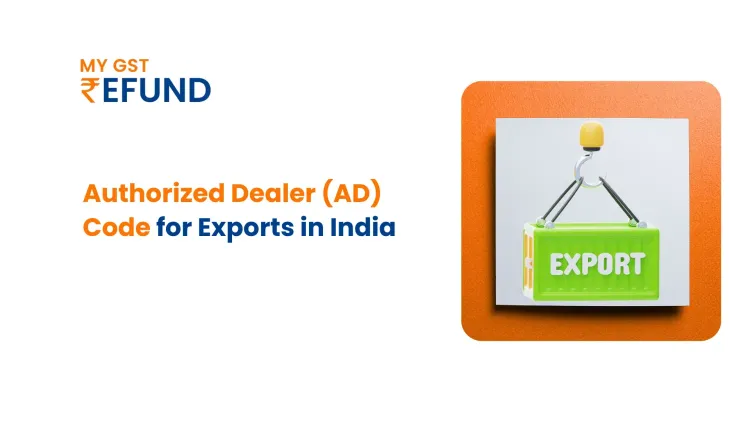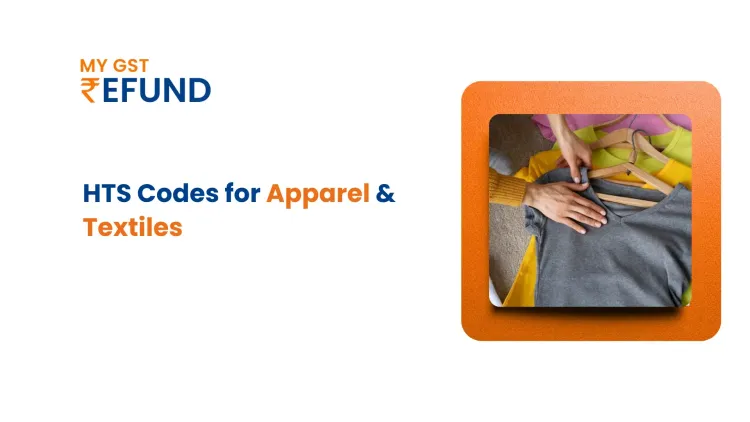Know if paying both CGST and SGST at restaurants is mandatory.
Published on: Mon Apr 17 2023
Many people don’t pay close attention to their restaurant bills, but those who do will notice that the bill includes charges for both CGST and SGST. Have you ever wondered if all restaurants are required to charge these taxes, or if there is a way to avoid them? To answer these questions, you first need to understand what CGST and SGST are.
What are CGST and SGST?
CGST refers to the tax amount that goes into the central wallet, while SGST is the tax amount that goes into the state’s wallet. Different eating establishments have varying GST rates, as follows:
- For non-AC/non-alcohol-serving restaurants, the rate is 12%.
- For AC/alcohol-serving restaurants, the rate is 18%.
- For luxurious or 5-star restaurants, the rate is also 18%.
Not all restaurants are eligible to impose GST charges, however. This is due to the Composition Levy Scheme, which prohibits restaurants that have opted for it from imposing GST charges.
Taxpayers whose total turnover in the previous financial year was less than Rs 50 lakh may voluntarily agree to pay a fixed percentage of their annual turnover as tax to the government under the Composition Levy Scheme. This amount is paid on a quarterly basis after enrolling in the Composition Levy Scheme.
What is a Composition scheme?
The Composition Scheme is a GST scheme designed for small businesses with a turnover of up to Rs. 1.5 crores. Under this scheme, businesses are required to pay a fixed percentage of their turnover as GST, instead of the normal GST rate. The Composition Scheme is optional, and businesses can choose to opt out of it if they prefer to pay the regular GST rate.
Under the Composition Scheme, businesses are required to pay CGST and SGST at a reduced rate of 1% each. However, businesses under this scheme are not allowed to claim input tax credits, which means they cannot claim back the GST paid on their purchases. The Composition Scheme is designed to reduce the compliance burden on small businesses and make it easier for them to do business.
To verify a restaurant’s Composition Levy Scheme status:
- Visit the GST portal at https://www.gst.gov.in.
- Click on “Search Taxpayer” and search for “Composition Taxpayer.”
- Enter the GST number on the restaurant bill.
- The customer will be able to determine whether the restaurant is a regular GST payer or a composite payer.
- If the restaurant is a composite payer, do not pay the GST amount levied on the bill.
- However, if the restaurant is a regular payer, customers must pay the GST amount.
- If the restaurant is improperly charging GST on the bill, you can visit https://gstcouncil.gov.in/grievance-redressal-committee-grc.
Are you Looking for GST Refund Service? Mygstrefund.com offers GST refunds on business, exports, and many more if your GST application is rejected. Get in touch with us today.
Related Posts




